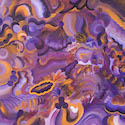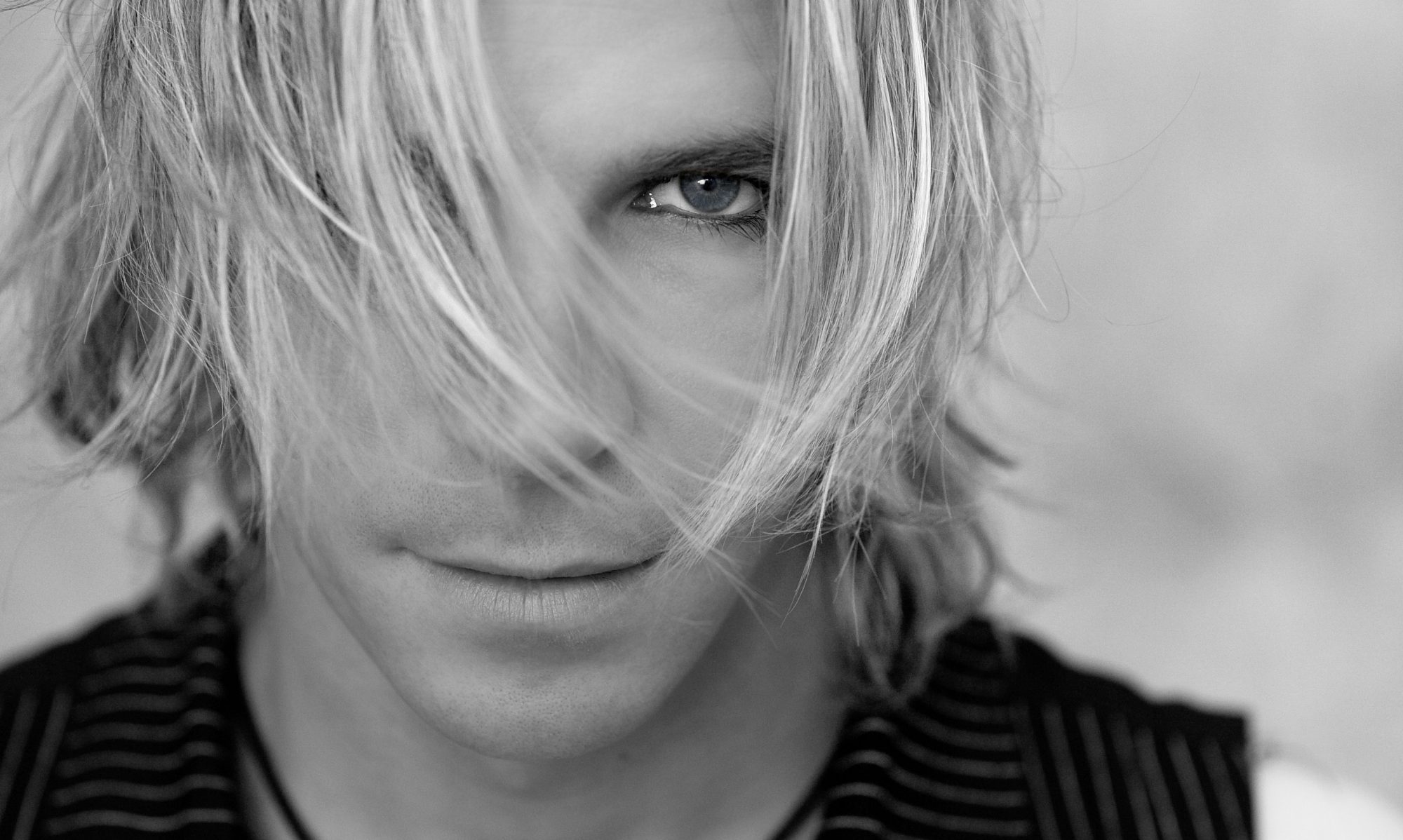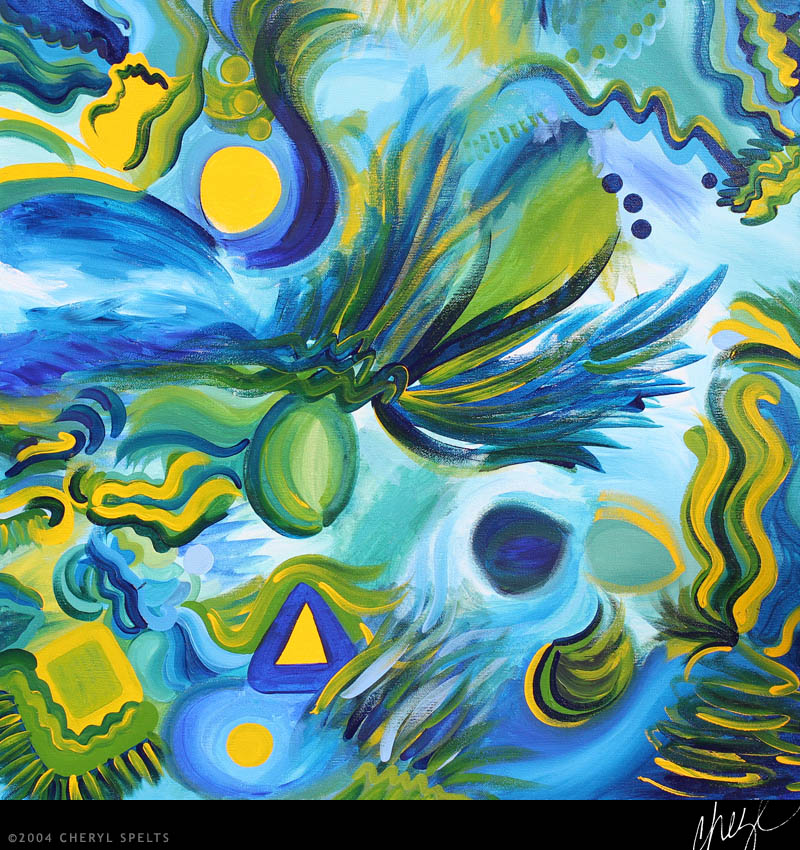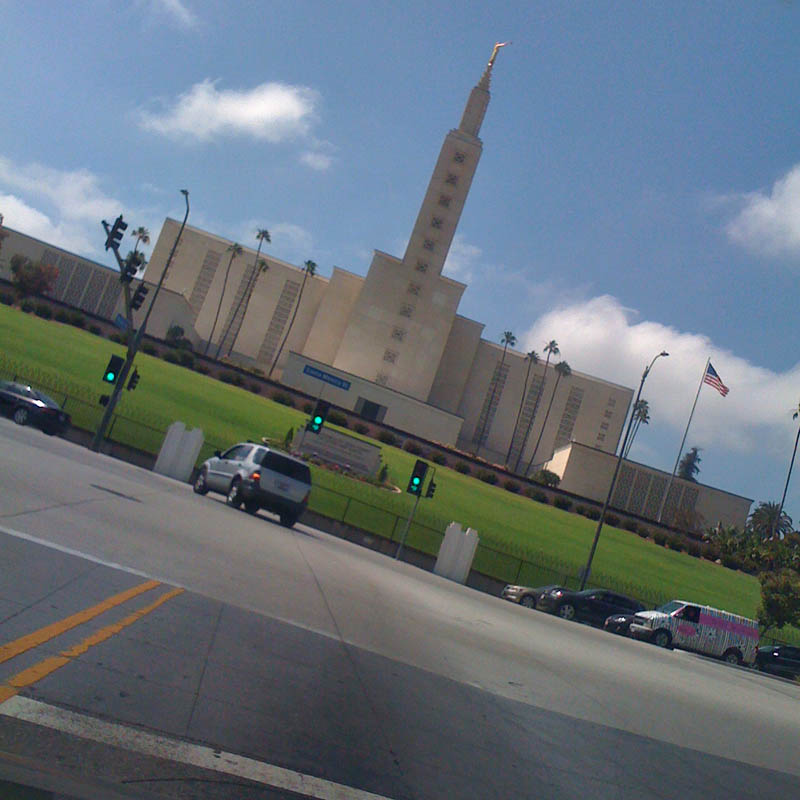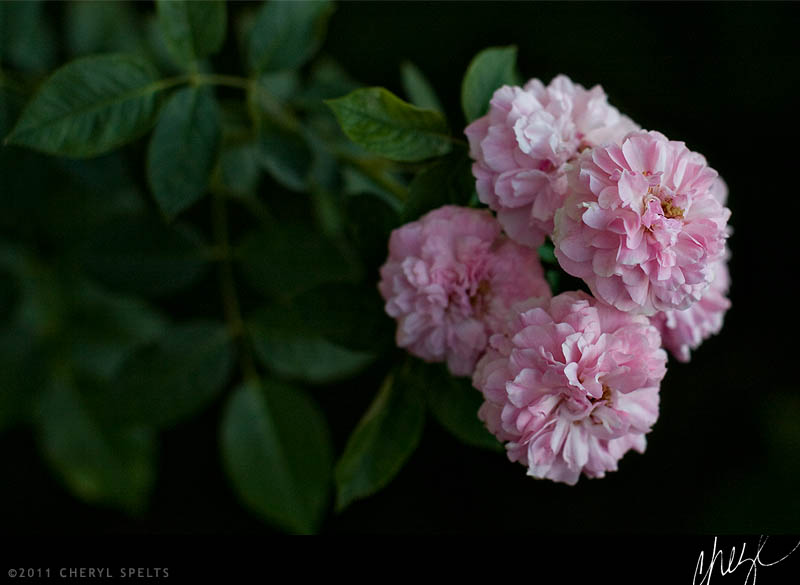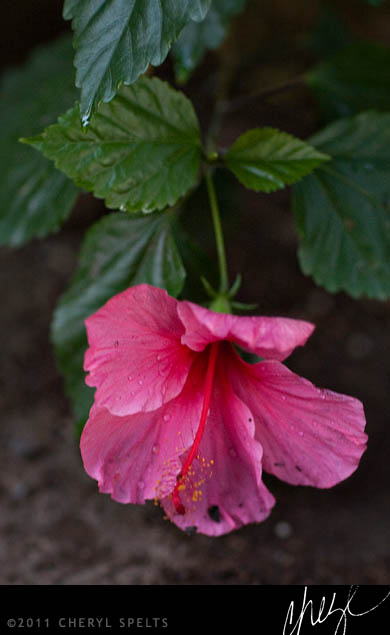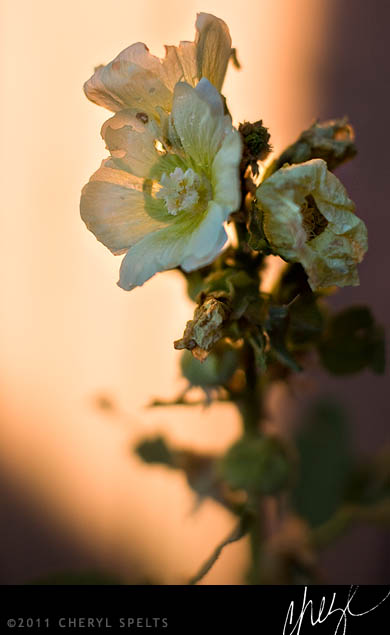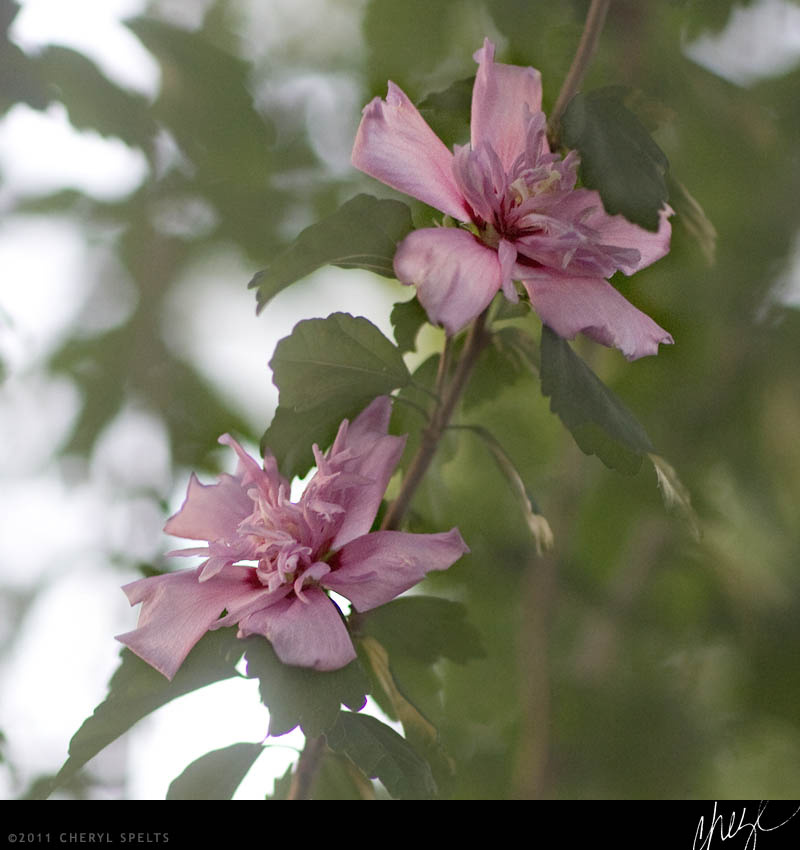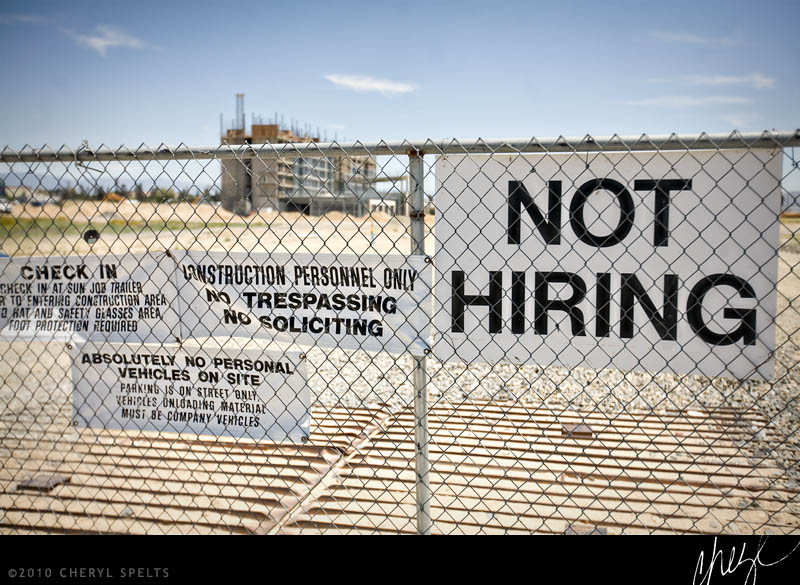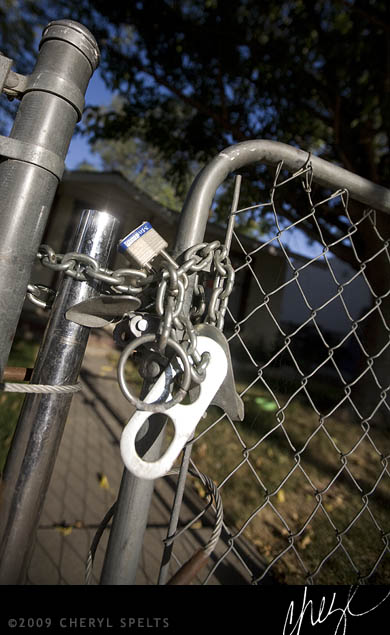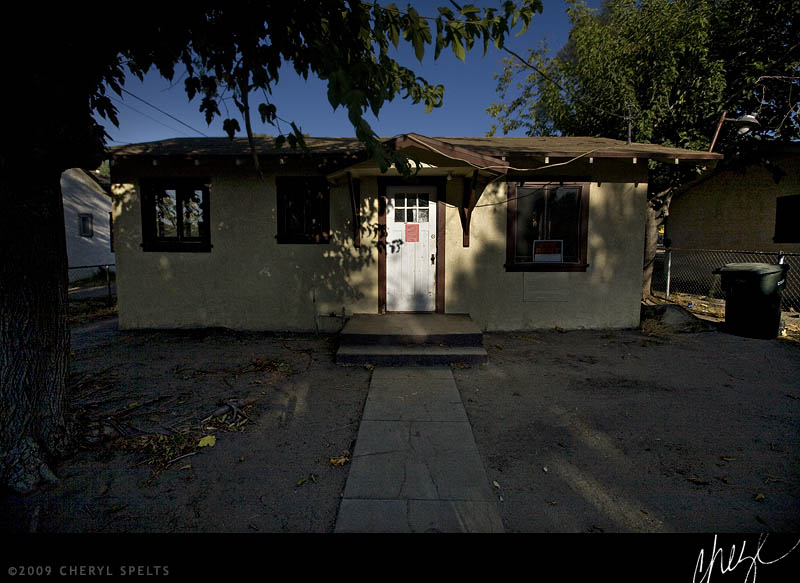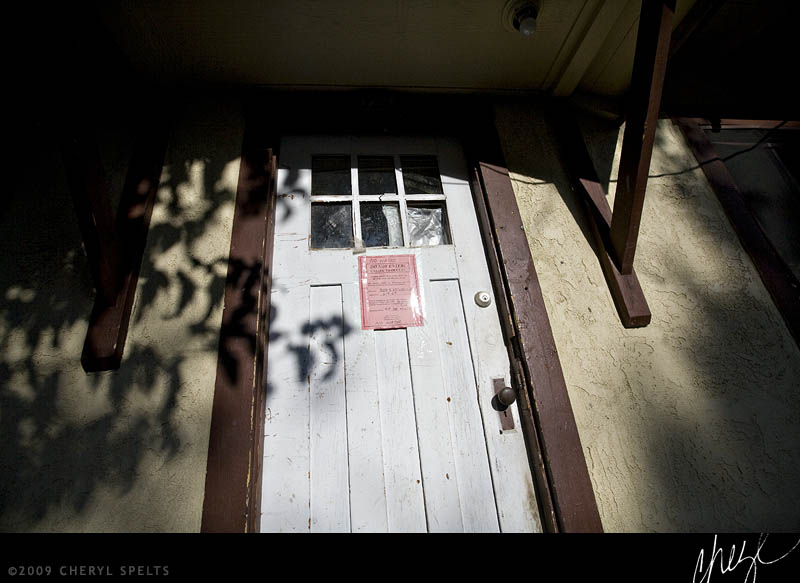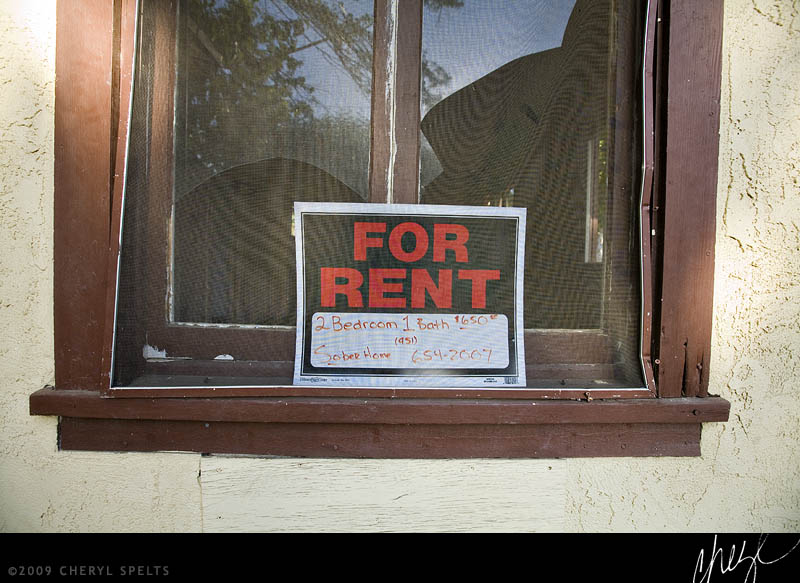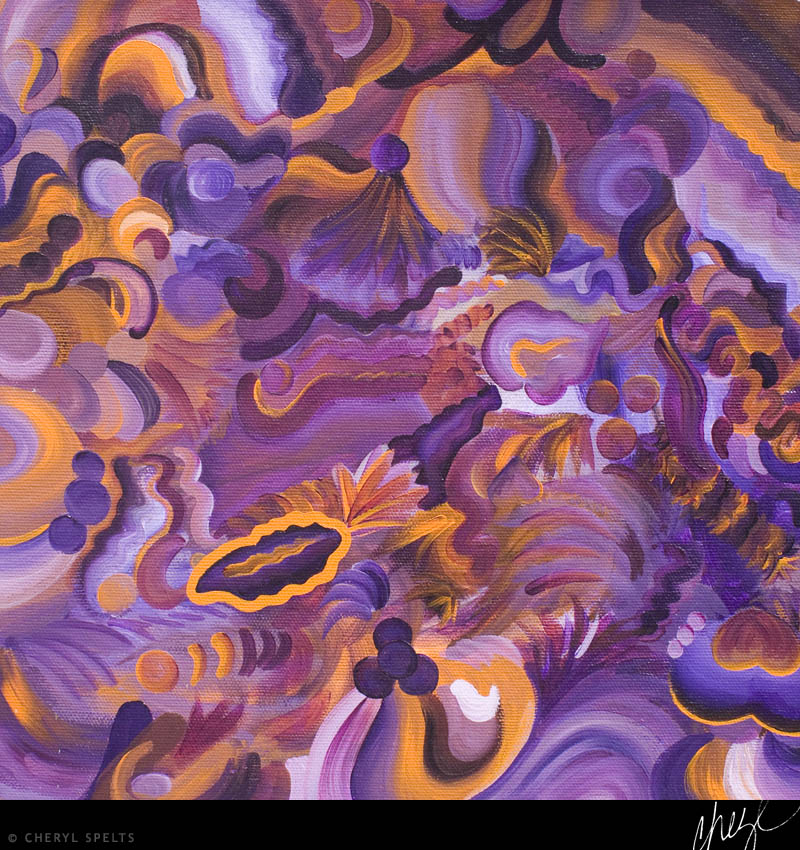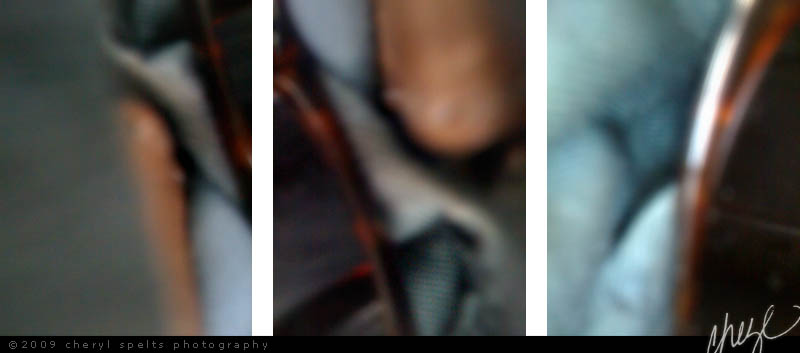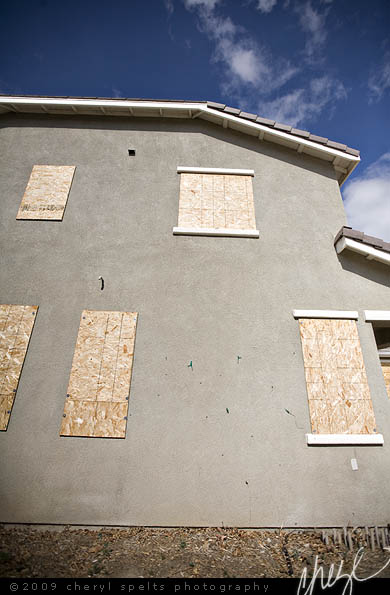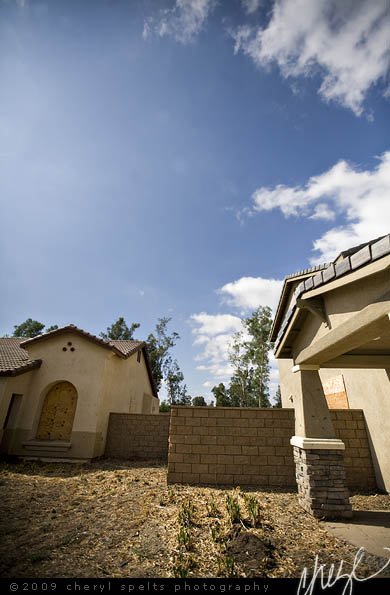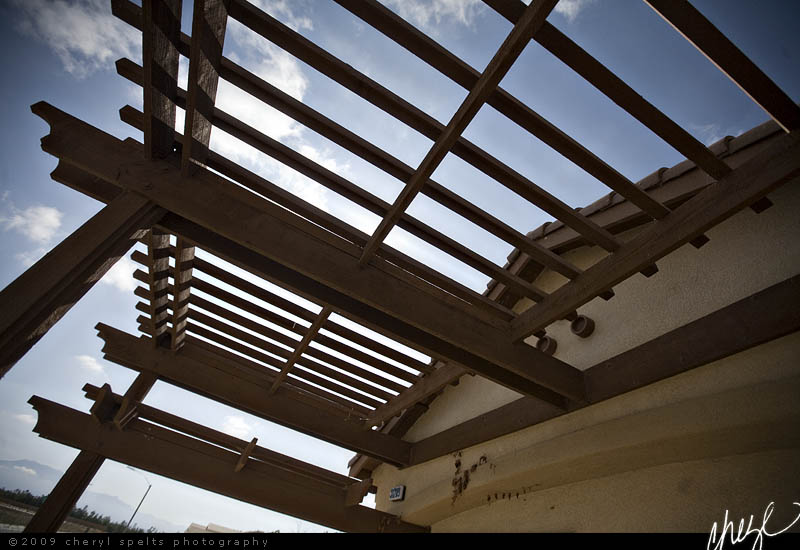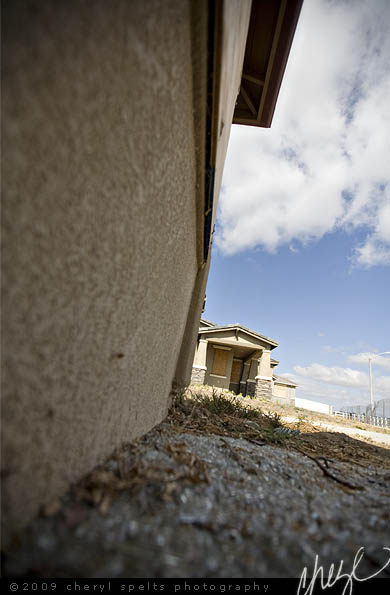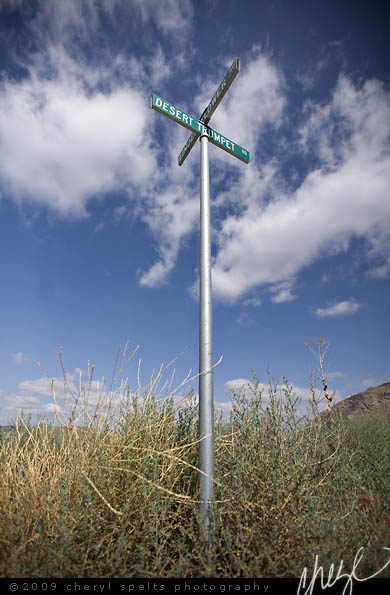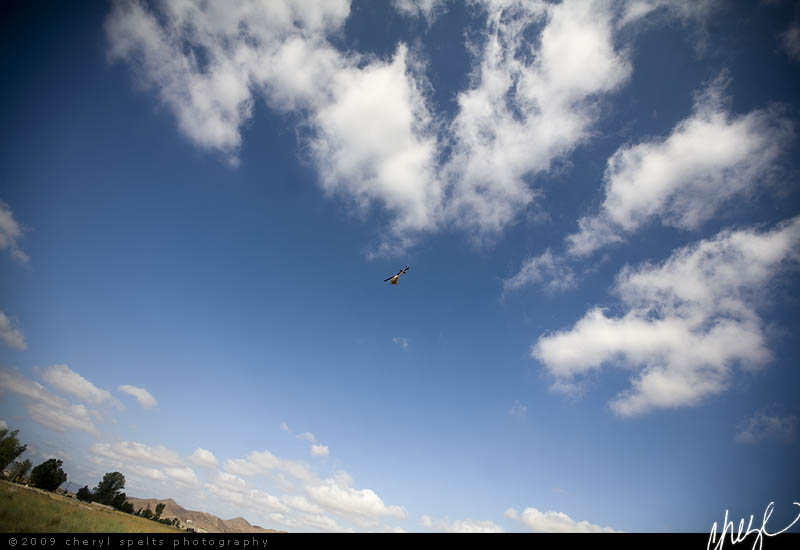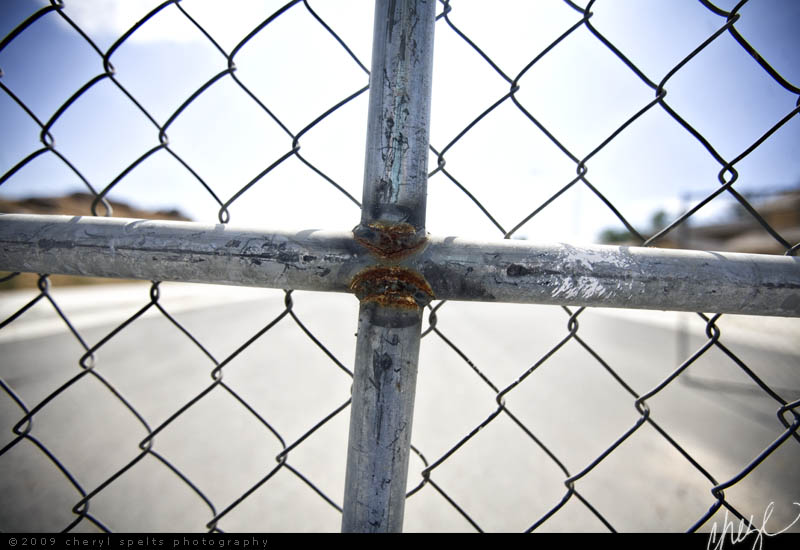If you’re not all that interested in the technical aspects of photography, you might want to skip this post – because I’m getting in deep!
When you hang out with photographers, when you’re Facebook friends with photographers and follow their Twitter streams, when you spend time on photography forums, you get exposed to lots of different ways of thinking about photography – which is great! But sometimes an idea gets picked up by the community, and elevated. And every once in a while I see an idea get tossed around, that leaves me a little baffled – like the idea that it’s best to show your images straight out of the camera with no adjustments, and that PhotoShop is bad. Now depending on the type of photography you practice, showing SOOC and limiting the amount of processing you do may very well be a smart strategy – but it’s definitely not a one fit solution for all photographers.
Back in 1994 I got a job in a portrait studio, and they hired me as a photographer even though I had zero experience. Why? Because they used one setup for everything. I had a couple of days of training to learn how to setup the lights, what settings to use on the camera, and to memorize the basic poses. It was photography by the numbers, for sure! But it worked, and we created some beautiful portraits. But after a couple of months I got bored. Really bored. I wanted to experiment and do new things and that was never going to happen in this particular studio, so I quit and went back to school.
Suddenly photography for me became art and science combined – it was the exact opposite of the set-it-and-forget-it style of photography I’d done in that first job. And I played with EVERYTHING! I spent 30 hours a week in the darkroom that first semester, and loved every minute. There were so many choices I could make and directions I could take. It started with film choice – color or black and white, low contrast or high contrast, high or low ISO? And then while shooting, did I want a narrow or a wide depth of field? Did I want a little motion blur? Did I want to expose for the highlights, or the shadows, or the midtones? Next came processing the film, where I could adjust the temperature and timing to get more or less contrast and more or less grain. And then in the actual darkroom? There were paper choices and filter choices and timing choices – and the ultimate bit of control – dodging and burning! And the final step – spotting the print – where you used a tiny brush and a special ink thinned with water, to tone down dust spots – and more. We called it interpreting a negative, and I spent hours in the darkroom and lab doing exactly that. There is art in the shooting, sure, but there was also art in the choices you made in the darkroom, interpreting that negative.
So jump to 2010 – and photography is almost all digital now. Instead of choosing the ISO when we buy the film, we set the ISO in the camera. Where we used to increase the contrast by choosing Tmax instead of Tri-x film, or developing the film longer, or using a #4 filter in the darkroom, now we change the settings in our cameras or in the post processing. Every choice we used to make with film, we still make now with digital – PhotoShop is the new darkroom!
There have always been photographers who don’t want to spend time in a darkroom or sitting at a computer – and for those photographers the ExpoDisc is a must-have – so they can color balance in camera. And for those same photographers, Canon Picture Styles and Nikon’s Picture Control allow them to customize a group of settings for portraits and another group for landscapes, and then flip between them at will – it’s very similar in process, to choosing film, a decade ago. And believe me, if I was shooting weddings, where the standard is to give the client all the files, I would definitely consider making more of the choices in-camera – so that the main post necessary would be downloading the images and burning a DVD.
But here’s the thing – if you’re not dealing with thousands of files, there is no benefit to doing it in camera, other than saving a little time in post. Anything you can do in-camera, you can also do in post – and instead of just blindly applying a group of settings as you shoot, and hoping it turns out okay, if you make those choices as you process, you can see what you’re doing.
Back in the old days I could ship film off to the pro lab, and get back beautiful prints – but when I wanted full control, I did it myself in the lab! It’s the same thing now – I could come up with a generic set of presets for open-shade portrait, backlit portrait, etc., and apply them as I shoot – but if I want total control, then I need to wait and process each file in post.
There is no right or wrong here, and every photographer will come up with their own way to work – but I can safely say that I will always be a “interpret the negative” kind of girl. And when I hear the phrase, “fix it in PhotoShop” used in a negative way, I cringe a little. It’s really not “fixing” it in PhotoShop – it’s interpreting it – working it – creating art.
I’m sure that showing files straight out of the camera works for lots of photographers – but is it right for every photographer? No way! For some of us, the lure of the darkroom is still there – it just takes place in a different arena. Same process, same creativity, different arena!
